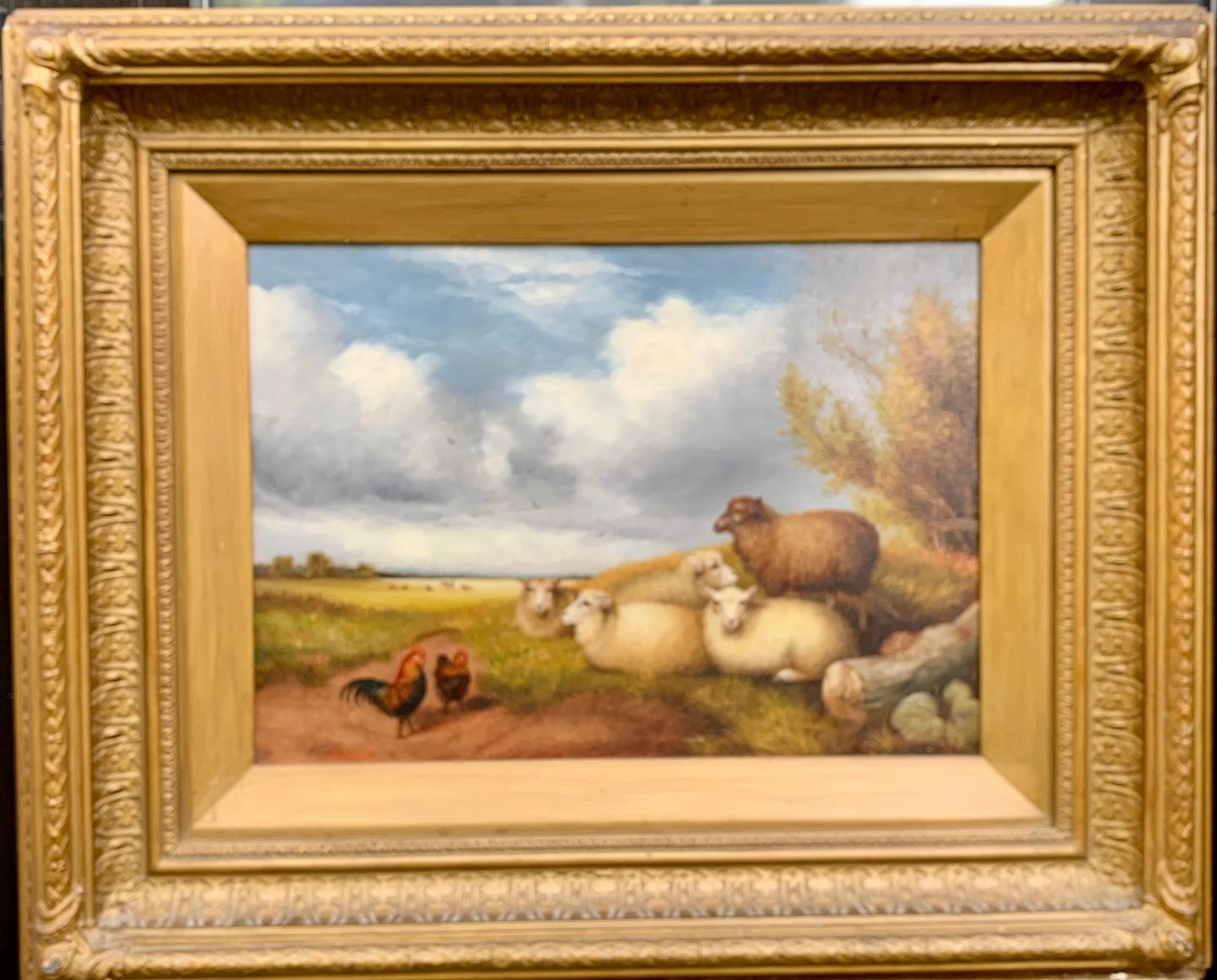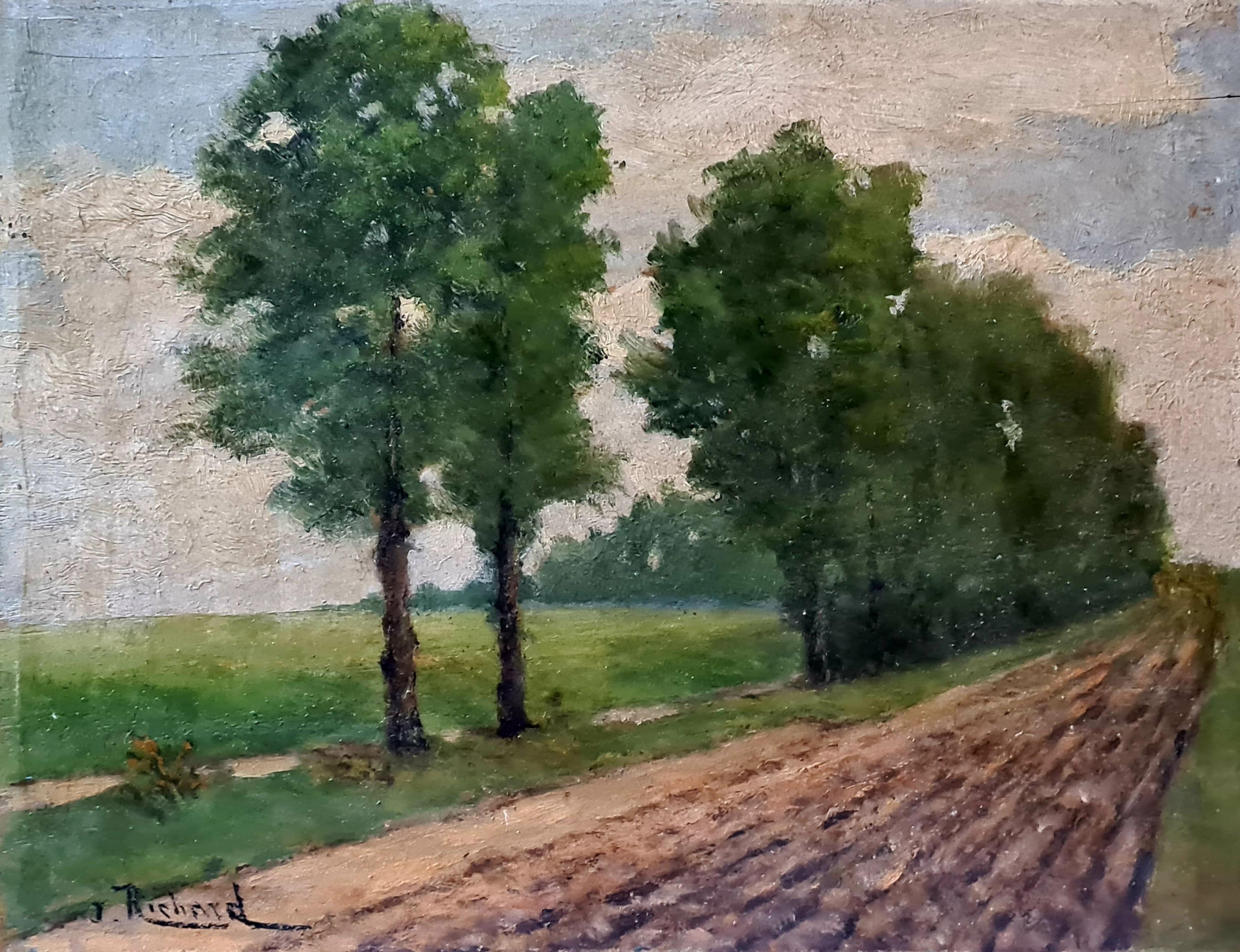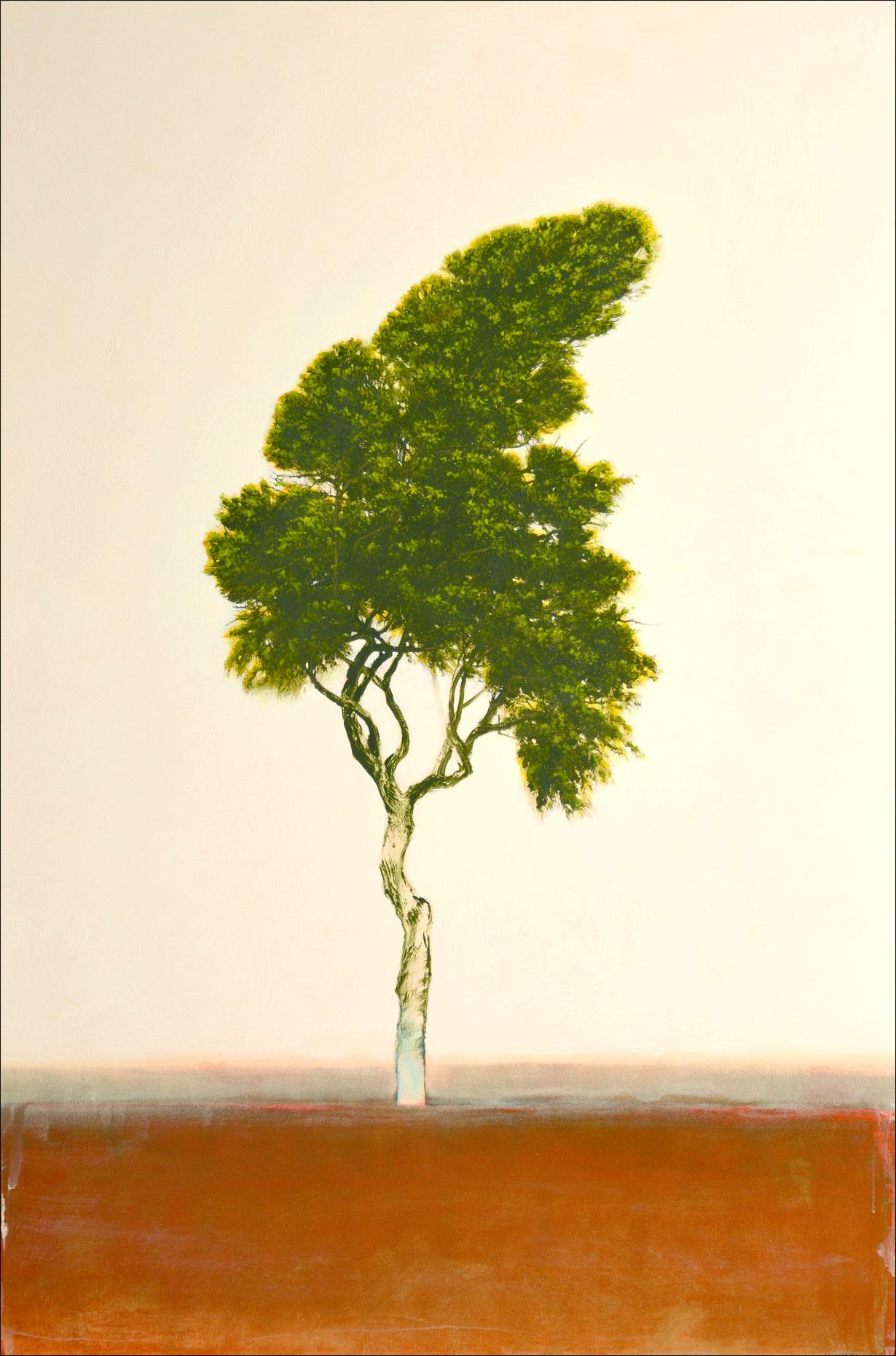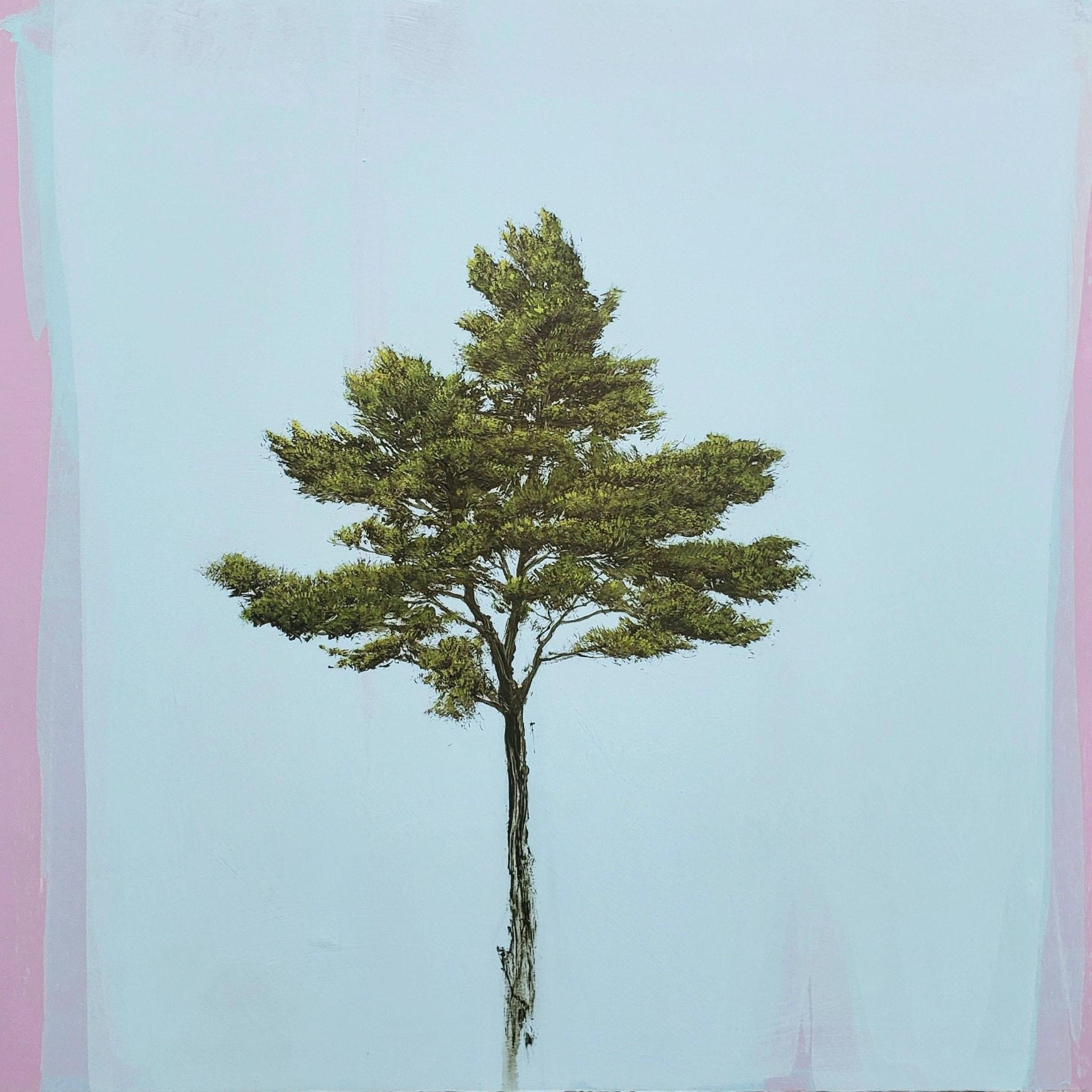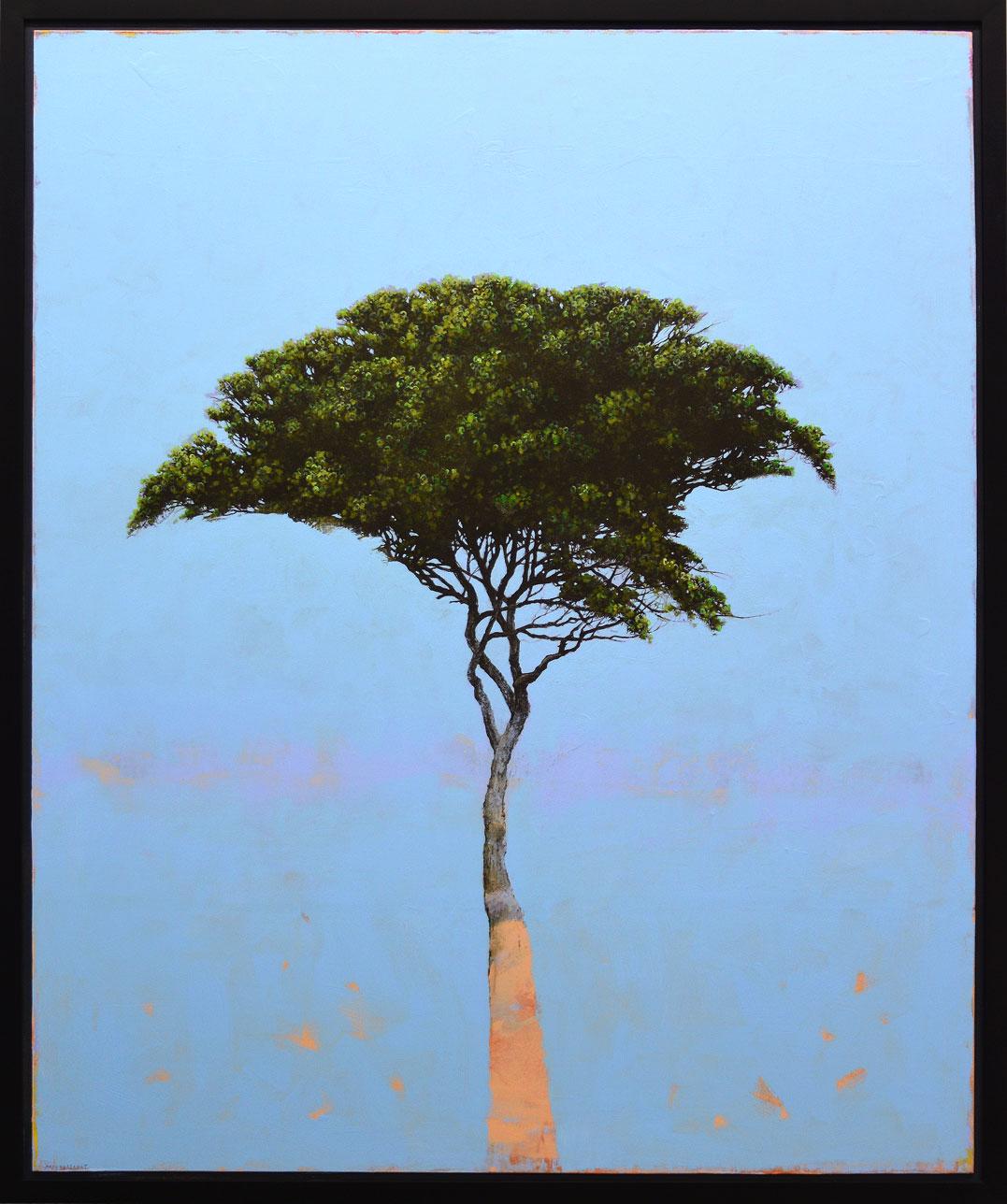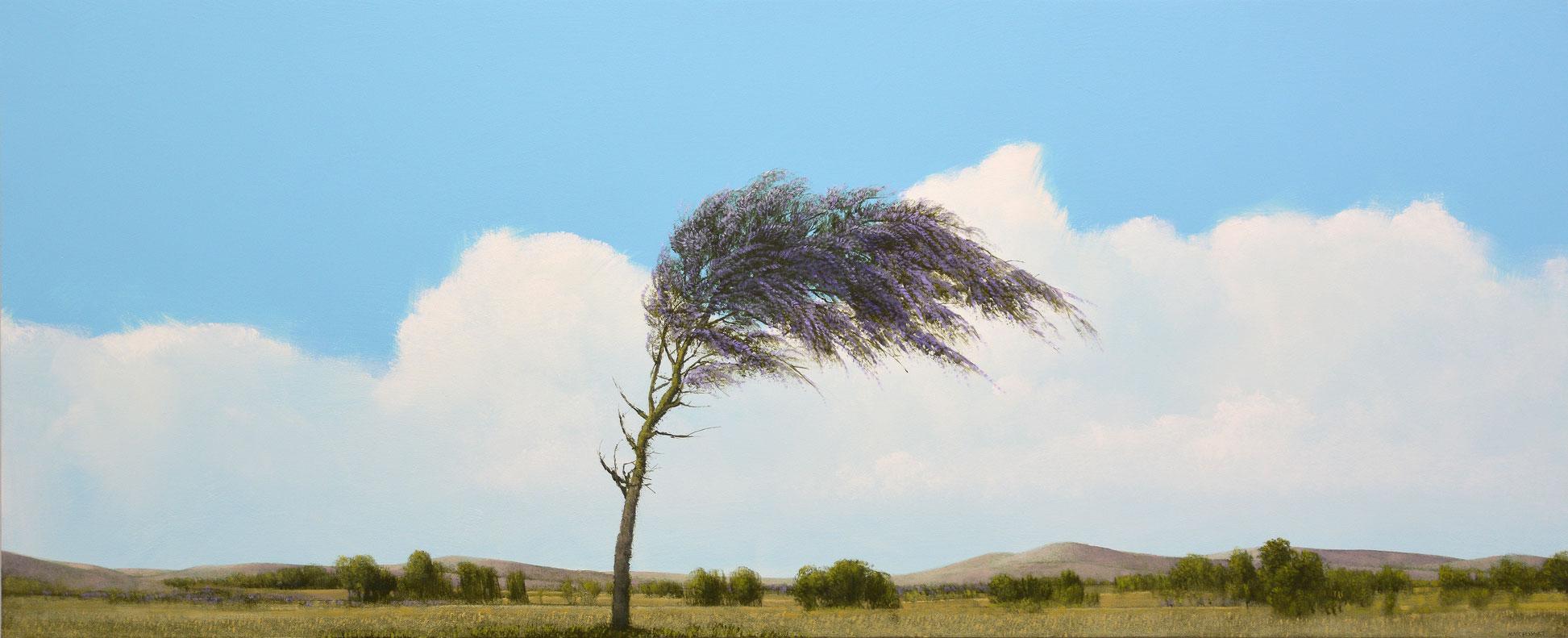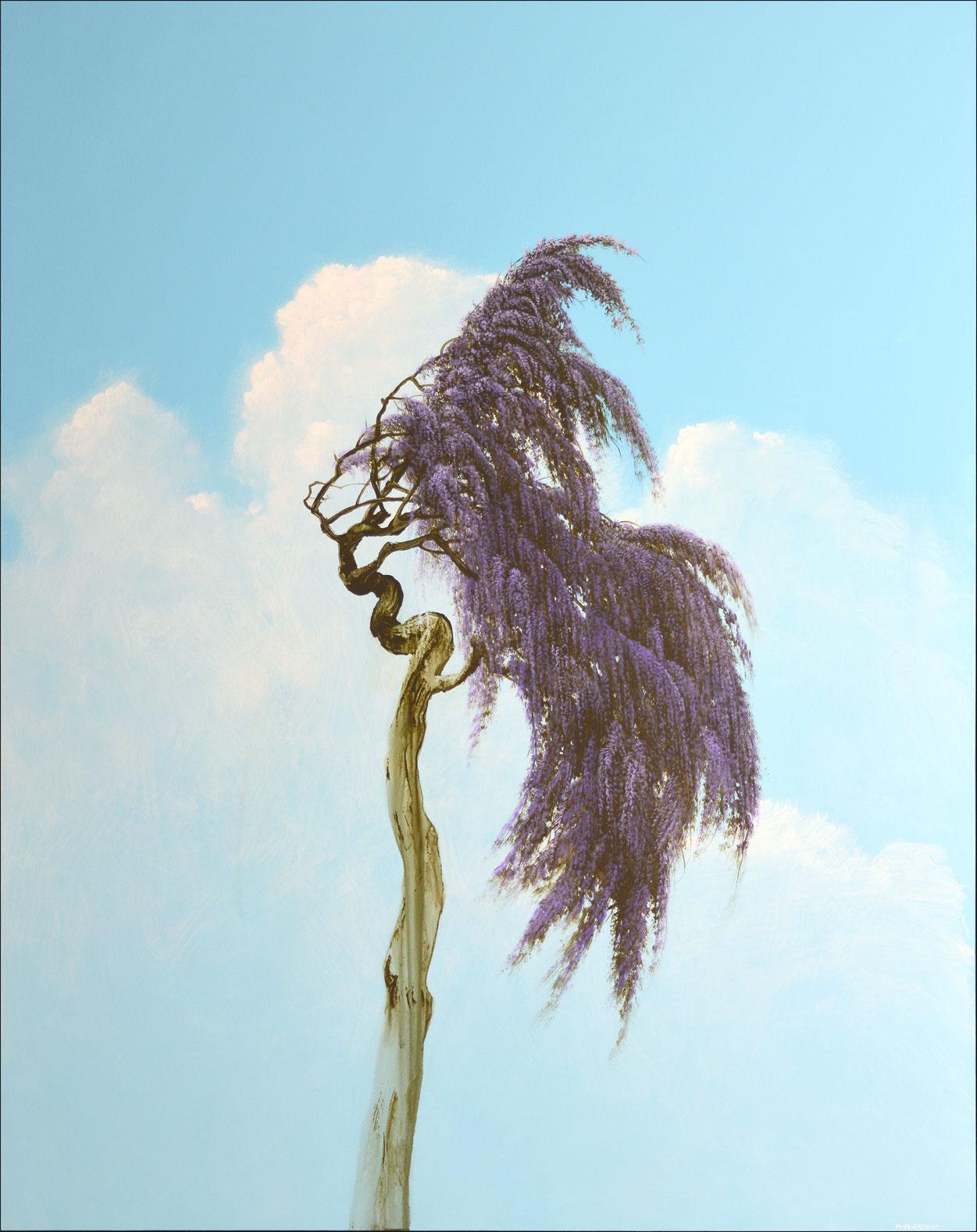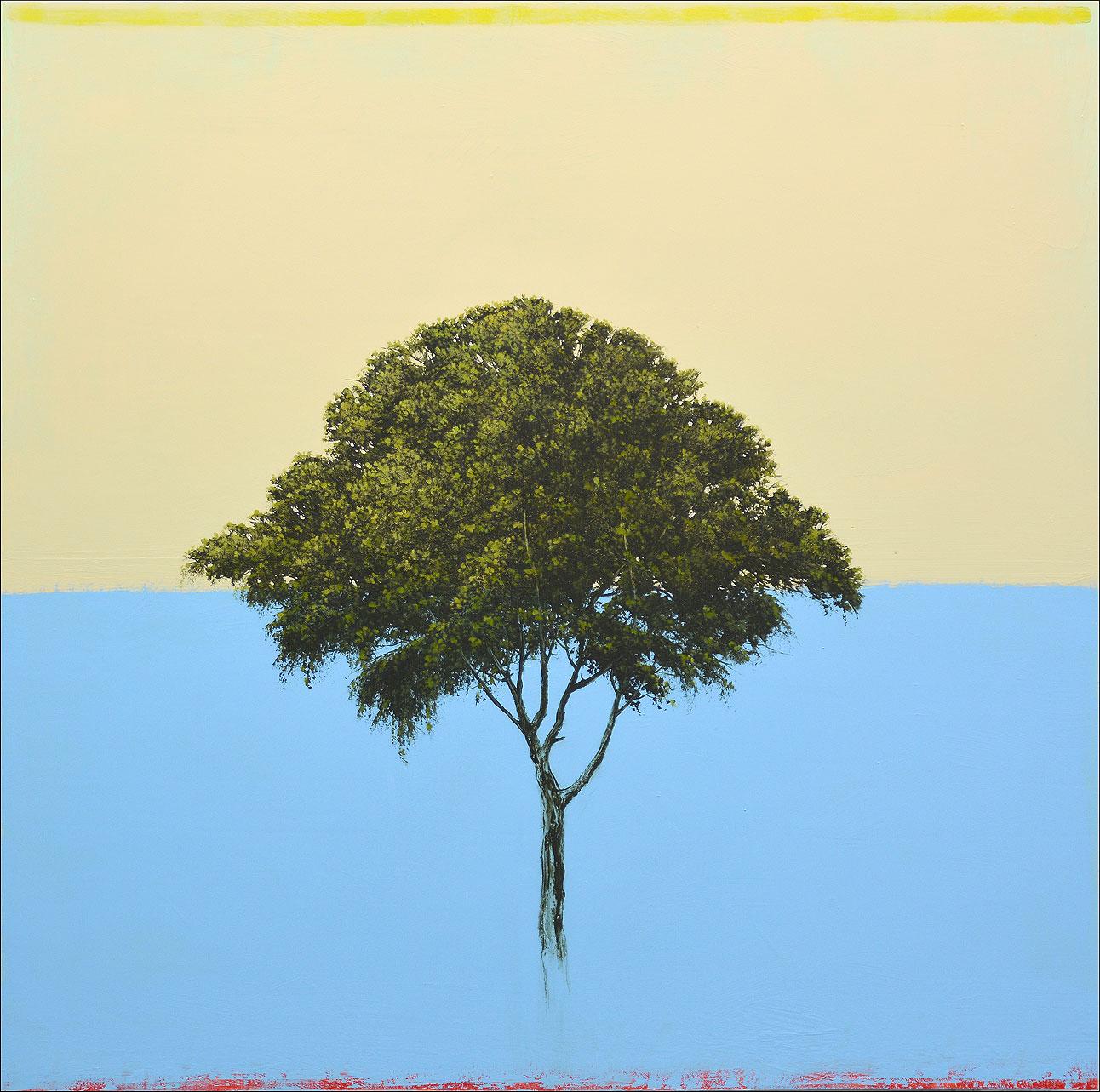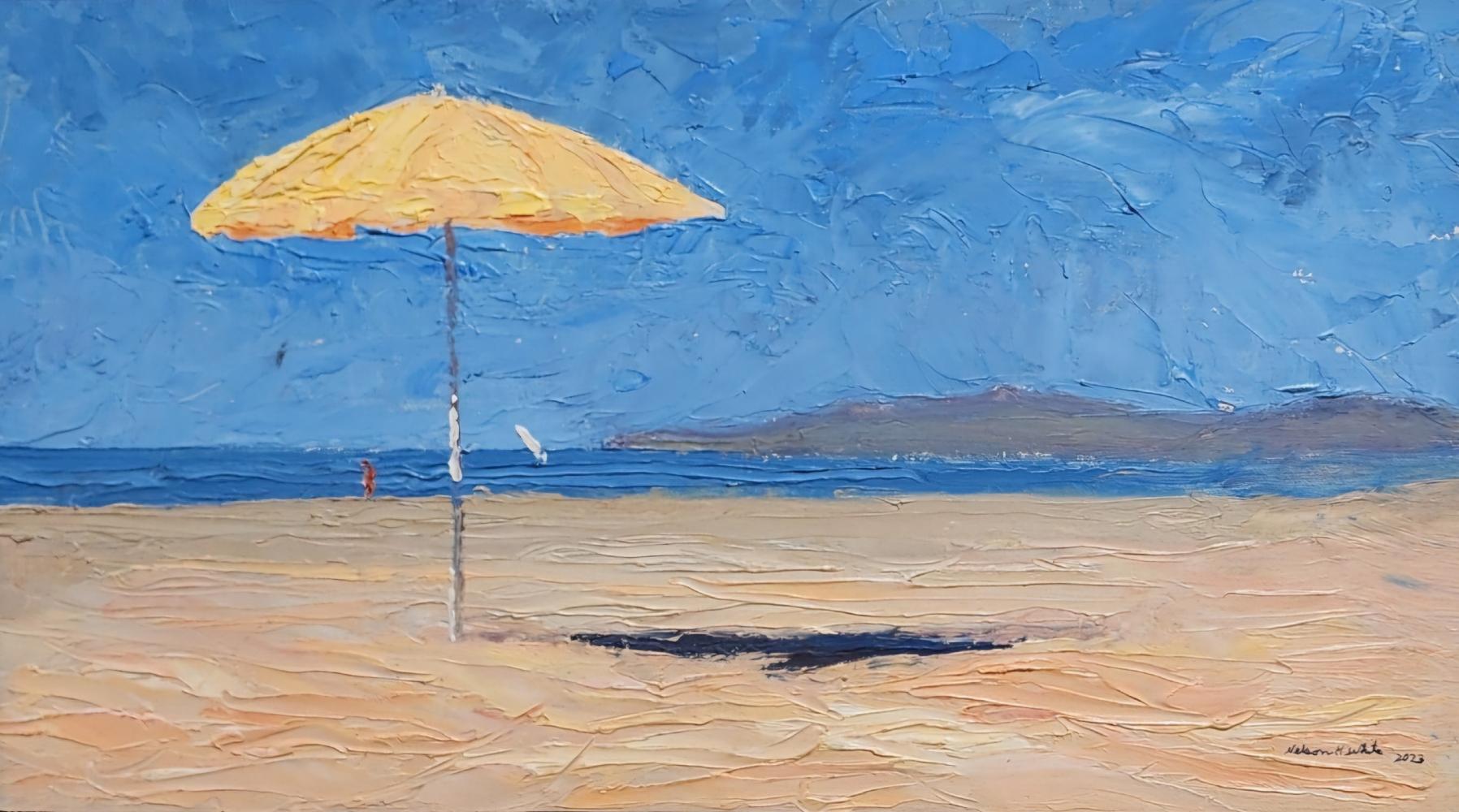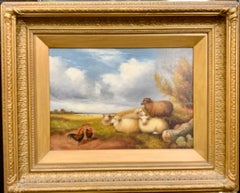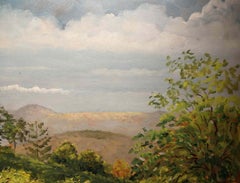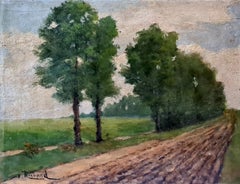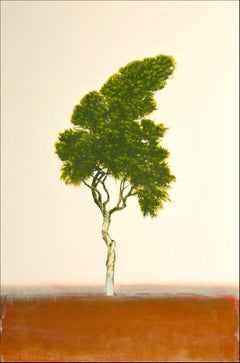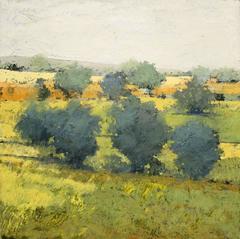
Spring Winds
View Similar Items
1 of 4
Paul BalmerSpring Winds2016
2016
$10,000List Price
About the Item
- Creator:Paul Balmer (South African)
- Creation Year:2016
- Dimensions:Height: 40 in (101.6 cm)Width: 40 in (101.6 cm)Depth: 2.5 in (6.35 cm)
- Medium:
- Period:
- Condition:
- Gallery Location:Boston, MA
- Reference Number:1stDibs: LU16521012063
Authenticity Guarantee
In the unlikely event there’s an issue with an item’s authenticity, contact us within 1 year for a full refund. DetailsMoney-Back Guarantee
If your item is not as described, is damaged in transit, or does not arrive, contact us within 7 days for a full refund. Details24-Hour Cancellation
You have a 24-hour grace period in which to reconsider your purchase, with no questions asked.Vetted Professional Sellers
Our world-class sellers must adhere to strict standards for service and quality, maintaining the integrity of our listings.Price-Match Guarantee
If you find that a seller listed the same item for a lower price elsewhere, we’ll match it.Trusted Global Delivery
Our best-in-class carrier network provides specialized shipping options worldwide, including custom delivery.You May Also Like
19th century English portrait of sheep in a landscape
Located in Woodbury, CT
H.Jackson. 19th century English landscape with sheep
English late 19th-century painter of animals either in barns or landscapes. His paintings have the influence of the work of the...
Category
1890s Victorian Animal Paintings
Materials
Oil, Panel
Dipinto figurativo paesaggio toscano del XX secolo olio su tavola
By Giovanni Colacicchi
Located in Florence, IT
Il dipinto è firmato e datato in basso a sinistra "Colacicchi 43".
Sul retro, nella grafia del figlio del pittore, "Casa al Dono 1943".
Il dipinto è riferito al periodo della second...
Category
1940s Other Art Style Landscape Paintings
Materials
Oil, Wood Panel
Barbizon School Landscape, The Poplar Trees, Late 19th Century Oil on Wood Panel
Located in Cotignac, FR
Late 19th Century French Barbizon School oil on wood panel of poplar trees in a landscape by Richard. The painting is signed bottom left. The painting is on a quality chamfered panel.
A very charming, almost impressionist, rendition of a line of iconic French trees in a landscape. Before them an earth drive has been ploughed up by the wheels of passing carts and horses. Richard has created a wonderful perspective that draws us in to the painting and he has created a contrast between the strong greens of the trees and fields against the whites and blues of the sky. The painting is reminiscent of the works of Monet from the 1890s. to whom the poplar trees were a continuing inspiration.
The Barbizon school of painters was part of an art movement towards Realism in art, which arose in the context of the dominant Romantic Movement of the time. The Barbizon school was active roughly from 1830 through 1870. It takes its name from the village of Barbizon, France, on the edge of the Forest of Fontainebleau, where many of the artists gathered. Most of their works were landscape paintings, but several of them also painted landscapes with farmworkers, and genre scenes of village life. Some of the most prominent features of this school are its tonal qualities, colour, loose brushwork, and softness of form.
The leaders of the Barbizon school were: Théodore Rousseau, Charles-François Daubigny, Jules Dupré, Constant Troyon, Charles Jacque, and Narcisse Virgilio Díaz. Jean-François Millet lived in Barbizon from 1849, but his interest in figures with a landscape backdrop sets him rather apart from the others. Jean-Baptiste-Camille Corot was the earliest on the scene, first painting in the forest in 1829, but his work has a poetic and literary quality which sets him somewhat apart. Other artists associated with the school, often pupils of the main group, include: Henri Harpignies, Albert Charpin, François-Louis Français and Émile van Marcke.
In 1824 the Salon de Paris exhibited works of John Constable, an English painter. His rural scenes influenced some of the younger artists of the time, moving them to abandon formalism and to draw inspiration directly from nature. Natural scenes became the subjects of their paintings rather than mere backdrops to dramatic events. During the Revolutions of 1848 artists gathered at Barbizon to follow Constable's ideas, making nature the subject of their paintings. The French landscape became a major theme of the Barbizon painters.
Millet extended the idea from landscape to figures — peasant figures, scenes of peasant life, and work in the fields. In The Gleaners (1857), for example, Millet portrays three peasant women working at the harvest. Gleaners are poor people who are permitted to gather the remains after the owners of the field complete the main harvest. The owners (portrayed as wealthy) and their laborers are seen in the back of the painting. Millet shifted the focus and the subject matter from the rich and prominent to those at the bottom of the social ladders. To emphasize their anonymity and marginalized position, he hid their faces. The women's bowed bodies represent their everyday hard work.
In the spring of 1829, Jean-Baptiste-Camille Corot came to Barbizon to paint in the Forest of Fontainebleau, he had first painted in the forest at Chailly in 1822. He returned to Barbizon in the autumn of 1830 and in the summer of 1831, where he made drawings and oil studies, from which he made a painting intended for the Salon of 1830; "View of the Forest of Fontainebleau'" (now in the National Gallery in Washington) and, for the salon of 1831, another "View of the Forest of Fontainebleau"'. While there he met the members of the Barbizon school: Théodore Rousseau, Paul Huet, Constant Troyon, Jean-François Millet, and the young Charles-François Daubigny.
During the late 1860s, the Barbizon painters attracted the attention of a younger generation of French artists studying in Paris. Several of those artists visited Fontainebleau Forest to paint the landscape, including Claude Monet, Pierre-Auguste Renoir, Alfred Sisley and Frédéric Bazille. In the 1870s those artists, among others, developed the art movement called Impressionism and practiced 'plein air' painting. In contrast, the main members of the school made drawings and sketches on the spot, but painted back in their studios.
The Post-Impressionist painter Vincent Van Gogh studied and copied several of the Barbizon painters as well, including 21 copies of paintings by Millet. He copied Millet more than any other artist. He also did three paintings in Daubigny's Garden.
The Barbizon painters also had a profound impact on landscape painting in the United States. This included the development of the American Barbizon school by William Morris Hunt. Several artists who were also in, or contemporary to, the Hudson River School studied Barbizon paintings for their loose brushwork and emotional impact. A notable example is George Inness, who sought to emulate the works of Rousseau. Paintings from the Barbizon school also influenced landscape painting in California. The artist Percy Gray...
Category
Late 19th Century Barbizon School Landscape Paintings
Materials
Oil, Wood Panel
Tolani
By Robert Marchessault
Located in Montreal, Quebec
My painting is an inquiry. I make images as a way of responding to experiences that are important to me. Experiences that help me to understand why I’m in this world often happens when I am outside in large open spaces.
Painted images act as a tool. I respond to the spaces my art suggests. That response is usually non-verbal. I am interested in the experience of non-duality that “getting lost” in big spaces can sometimes produce for me. The paintings have gone through a range of artistic treatments with the recent years seeing a focus on space, light, textures, atmosphere and distance.
My landscape paintings are made from memory, not from on-site drawings or photographs. I use memory as a filtering agent to remove non-essential visual elements. When a work is successful, it must have a sense of poetry.
There is nothing “new...
Category
2010s Contemporary Figurative Paintings
Materials
Oil, Panel, Acrylic
Muskokan
By Robert Marchessault
Located in Montreal, Quebec
My painting is an inquiry. I make images as a way of responding to experiences that are important to me. Experiences that help me to understand why I’m in this world often happens when I am outside in large open spaces.
Painted images act as a tool. I respond to the spaces my art suggests. That response is usually non-verbal. I am interested in the experience of non-duality that “getting lost” in big spaces can sometimes produce for me. The paintings have gone through a range of artistic treatments with the recent years seeing a focus on space, light, textures, atmosphere and distance.
My landscape paintings are made from memory, not from on-site drawings or photographs. I use memory as a filtering agent to remove non-essential visual elements. When a work is successful, it must have a sense of poetry.
There is nothing “new...
Category
2010s Contemporary Figurative Paintings
Materials
Oil, Acrylic, Wood Panel
Yerba
By Robert Marchessault
Located in Montreal, Quebec
My painting is an inquiry. I make images as a way of responding to experiences that are important to me. Experiences that help me to understand why I’m in this world often happens wh...
Category
2010s Contemporary Figurative Paintings
Materials
Oil, Acrylic, Wood Panel
Recently Viewed
View AllMore Ways To Browse
Waves Seascape
19th Century Landscape Italy
Orange Tree Painting
Moody Landscape
Poppy Art
Green Mountains Painting
Italian Lakes
Vintage Oil Painting Seascape
Rural America Painting
Belgium Landscape Oil
Art Ocean Wave Painting
Original Oil Painting War
Paintings Of Orange Tree
12 X 16 Oil Painting
Gilt Composition Frame
Dutch Royal
Brittany Landscapes
French Countryside Oil Art
